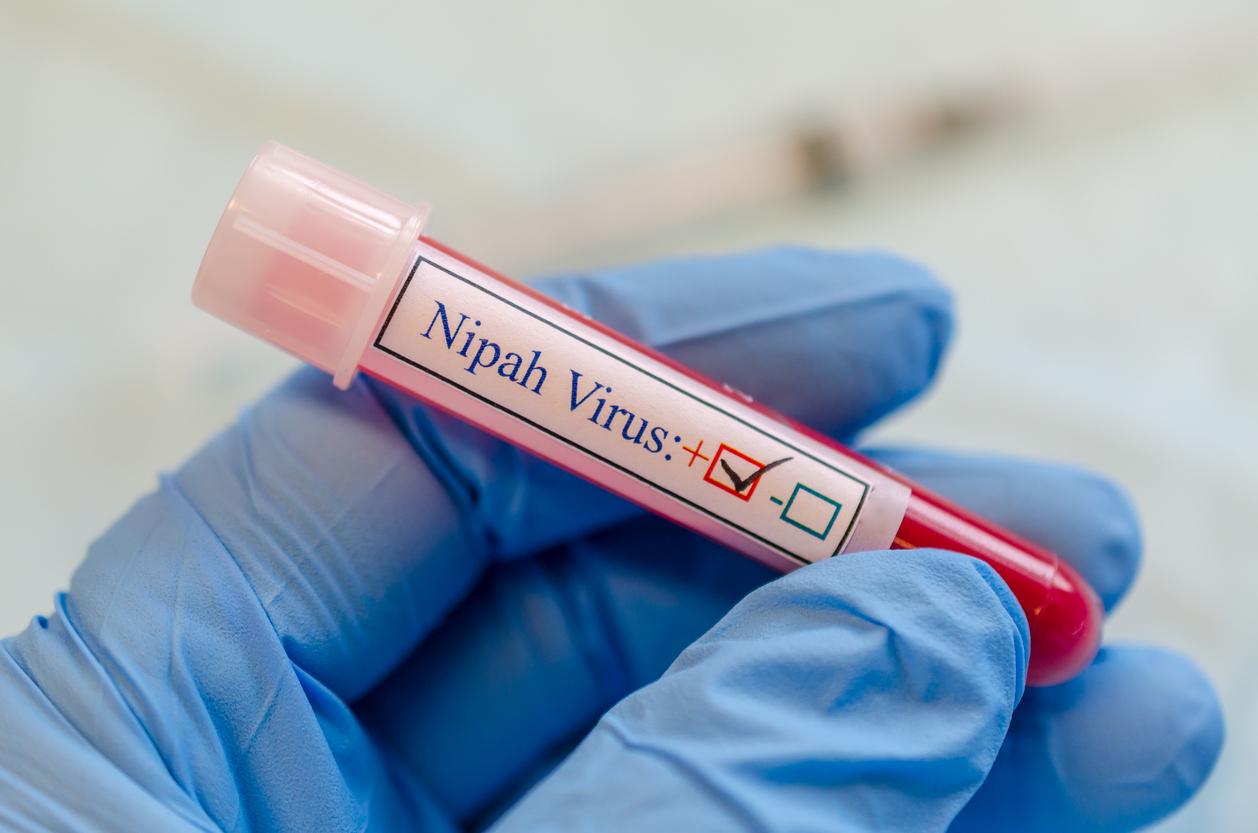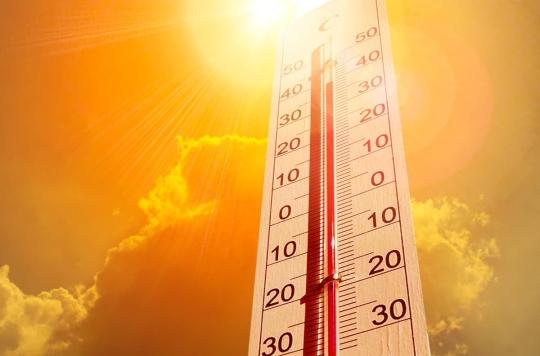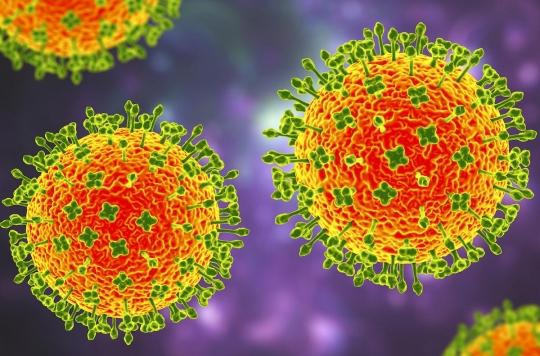A giant wave has shaken the health systems of the countries of Southeast Asia. Ten years after the tsunami, the affected states have raised their heads and learned the lessons of the disaster.

The most destructive earthquake in modern history, followed by a giant wave that has thrown 15 countries into total distress. It has been ten years since the tsunami of December 26 hit the coasts of Southeast Asia and East Africa. 200,000 people lost their lives there, 2 million their homes. In addition to the extensive material damage and trauma, the disaster also made governments falter in the face of medical demand. On this sad anniversary, World Health Organization (WHO) takes stock. Some have overcome the many challenges, but others are struggling to overcome them.
A catastrophic situation
The earthquake that struck Indonesia on December 26, 2004 reached 9.3 on the Richter scale. In the process, a giant wave hit 15 states. The health structures have not escaped the turmoil: 800 primary and secondary health establishments have been destroyed, 700 health professionals have died.
At the time, the situation was catastrophic: the coastal populations were not warned of the arrival of the tsunami. “Millions of people were affected, the injured needed medical help, health structures were totally destroyed in the most affected areas, and health professionals themselves were among the injured,” recalls the WHO. . “People were kept in refugee camps, and the risk of an epidemic of communicable diseases was very high. The need for drinking water and medicines was urgent, and the traumatized survivors needed special attention, ”adds the UN Health Agency.
In the days following the murderous wave, the WHO intervened, alongside many NGOs, with a 100-day plan. The main objective is to restore local authorities and care structures. Thus, despite the lack of infrastructure, no major epidemic was to be deplored. A balance sheet that is a miracle in view of the quality of the water when the giant wave withdrew.
The Thai model
“The region has come a long way since the events of 2004”, the agency comments today in a report: risk reduction, management of emergency situations, recommendations, management of health crises … the situation has generally deteriorated. improved.
In the emergency, many risk reduction campaigns were implemented: vaccination against tetanus, express training of health professionals. States have also learned lessons from this dramatic event. In Sri Lanka and the Maldives, health infrastructure has been strengthened. The first island has also withstood the challenges of the post-tsunami quite well. In the second, the health system, rather healthy before the wave, collapsed.
Severely affected Indonesia launches public health campaigns. In India, the entire medical service has made progress: a list of communicable diseases exists, vaccination is offered to everyone, the health authorities are on the lookout, and local structures have developed. Thailand is also distinguished by its incredible resistance: the country “has not requested international aid and has managed its burden fairly well internally”, underlines the WHO. The only one to have held out without support.
.















